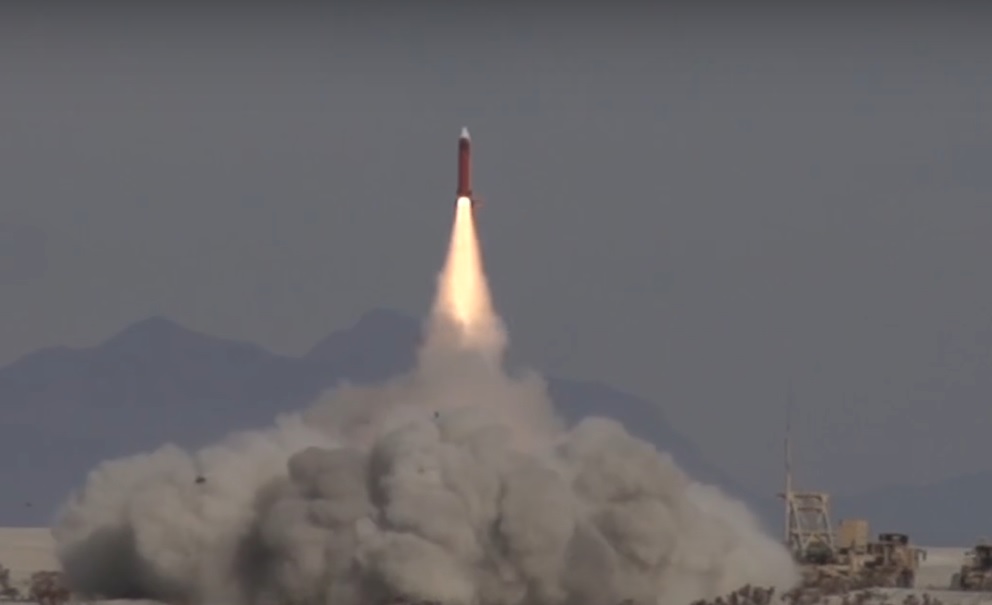This post is also available in:
 עברית (Hebrew)
עברית (Hebrew)
The U.S. Army successfully intercepted a high-performance, high-speed tactical ballistic missile target and a cruise missile target during a flight test using the Integrated Battle Command System (IBCS).
IBCS is the centerpiece of the U.S. Army’s modernization strategy for air and missile defense to address the changing battlefield. IBCS enables revolutionary and battle survivable “any-sensor, best-effector” operations by: fusing information from multiple, disparate sensors to create a single integrated air picture; and employing all available effectors to defeat advancing threats.
The target missiles were part of the second of two live-fire tests during the Army’s IBCS Limited User Test at White Sands Missile Range, N.M., and demonstrated the system’s ability to acquire, track, identify and engage diverse targets from various locations, speeds and altitudes.
The system is manufactured by Northrop Grumman.
The flight test commenced with the target missiles being launched from different points of origin toward the Army defenders at the controls of IBCS. The TBM target was fired far from the missile range and traveled on a ballistic trajectory, while the cruise missile surrogate flew a low-altitude course. As the target missiles traveled independently towards their targets, multiple disparate radars provided data to IBCS. IBCS integrated the data to form a single uninterrupted composite track of each threat, impossible with any single sensor, which then informed engagement solutions with the best interceptors to engage both incoming threats. The soldiers then executed the IBCS-enabled engagement, which included the launch of a PAC-2 to intercept the cruise missile and a PAC-3 to intercept the advanced TBM. The successful execution of this second LUT flight test moves IBCS another step closer to Milestone C followed by production and fielding of IBCS, according to aerostechnews.com.


























